Introduction
Navigating the complexities of running a small business often involves overcoming numerous hurdles, from understanding market demand to managing finances effectively. This article delves into the critical factors that lead to the downfall of many small enterprises and offers actionable solutions to help businesses thrive. By examining common pitfalls such as lack of market demand, poor financial management, ineffective marketing, and inadequate financing, the discussion aims to equip business leaders with essential strategies for success.
Additionally, it highlights the importance of innovation, competitive analysis, and a robust customer strategy, ensuring that small businesses not only survive but flourish in a competitive marketplace.
Lack of Market Demand
One of the main reasons small businesses struggle is the absence of adequate demand for their products or services. Without understanding consumer needs and preferences, entrepreneurs risk developing offerings that fail to resonate with their target audience. Performing comprehensive industry research is crucial to reduce this risk. This involves gathering demographic data, such as age, wealth, and interests, to identify opportunities and limitations in acquiring clients. Key questions to address include: Is there a genuine desire for your product or service? How extensive is the potential audience? What are the economic indicators like income range and employment rate? Additionally, understanding where your customers reside and the operational reach of your enterprise is crucial. By answering these questions, entrepreneurs can better align their products or services with market demands, thereby enhancing their chances of success.
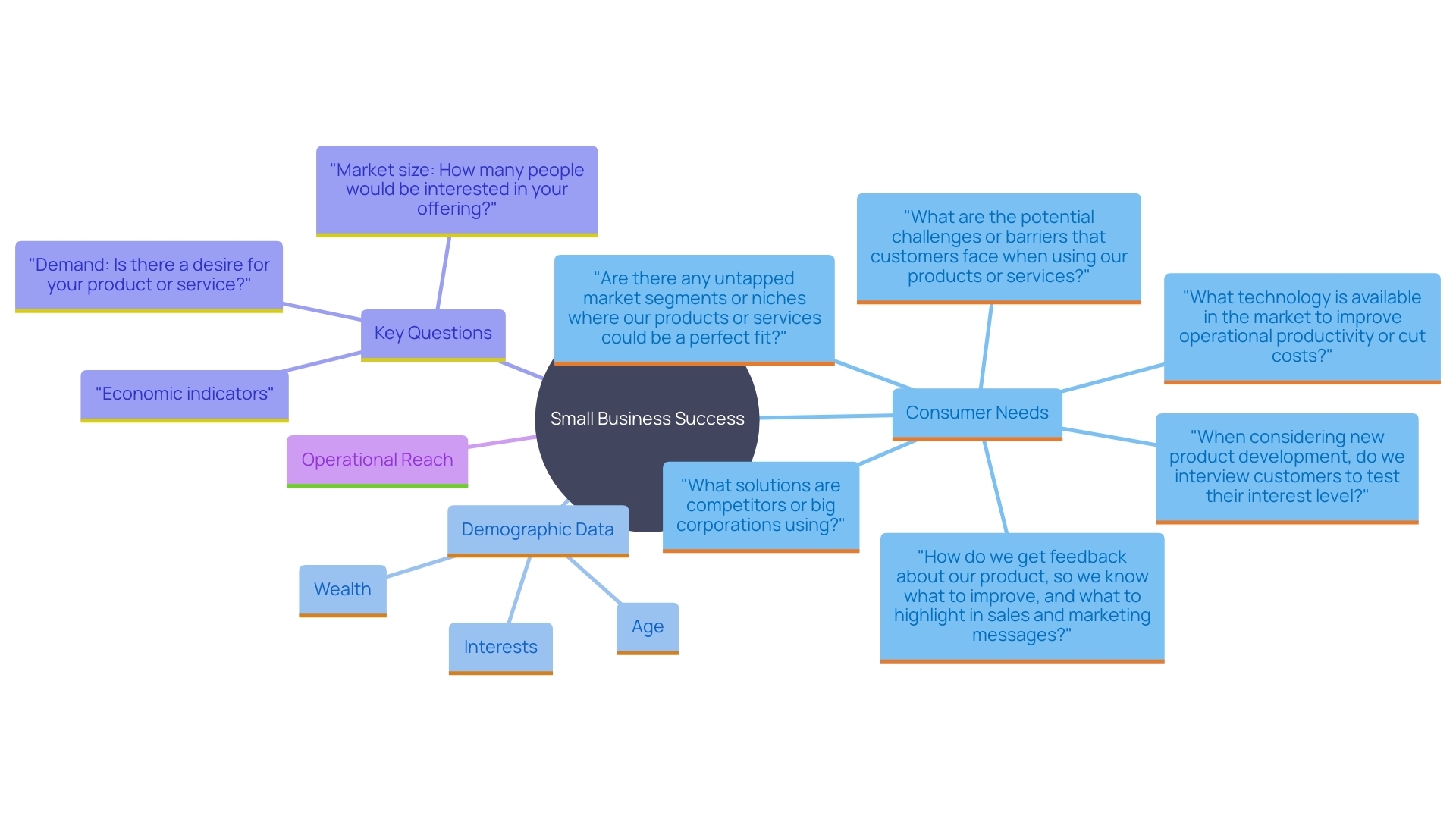
Poor Financial Management
Effective financial management is the backbone of any successful enterprise. According to a report, 60 percent of companies face continuous challenges in managing cash flow, with common issues like delayed invoicing and payments, and difficulties in managing accounts receivable/payable. Poor budgeting and inadequate expense tracking can lead to financial instability. For instance, 42 percent of small and medium enterprises still rely on manual processes such as spreadsheets and paper records, which are not only outdated but also prone to errors. The 2022 Small Enterprise Credit Survey highlights that 42 percent of establishments with employees had to secure loans to manage financial challenges, emphasizing the importance of a clear repayment plan to avoid a debt cycle. Employing advanced financial management tools and software can significantly improve accuracy and efficiency, assisting organizations to better predict and handle their finances.
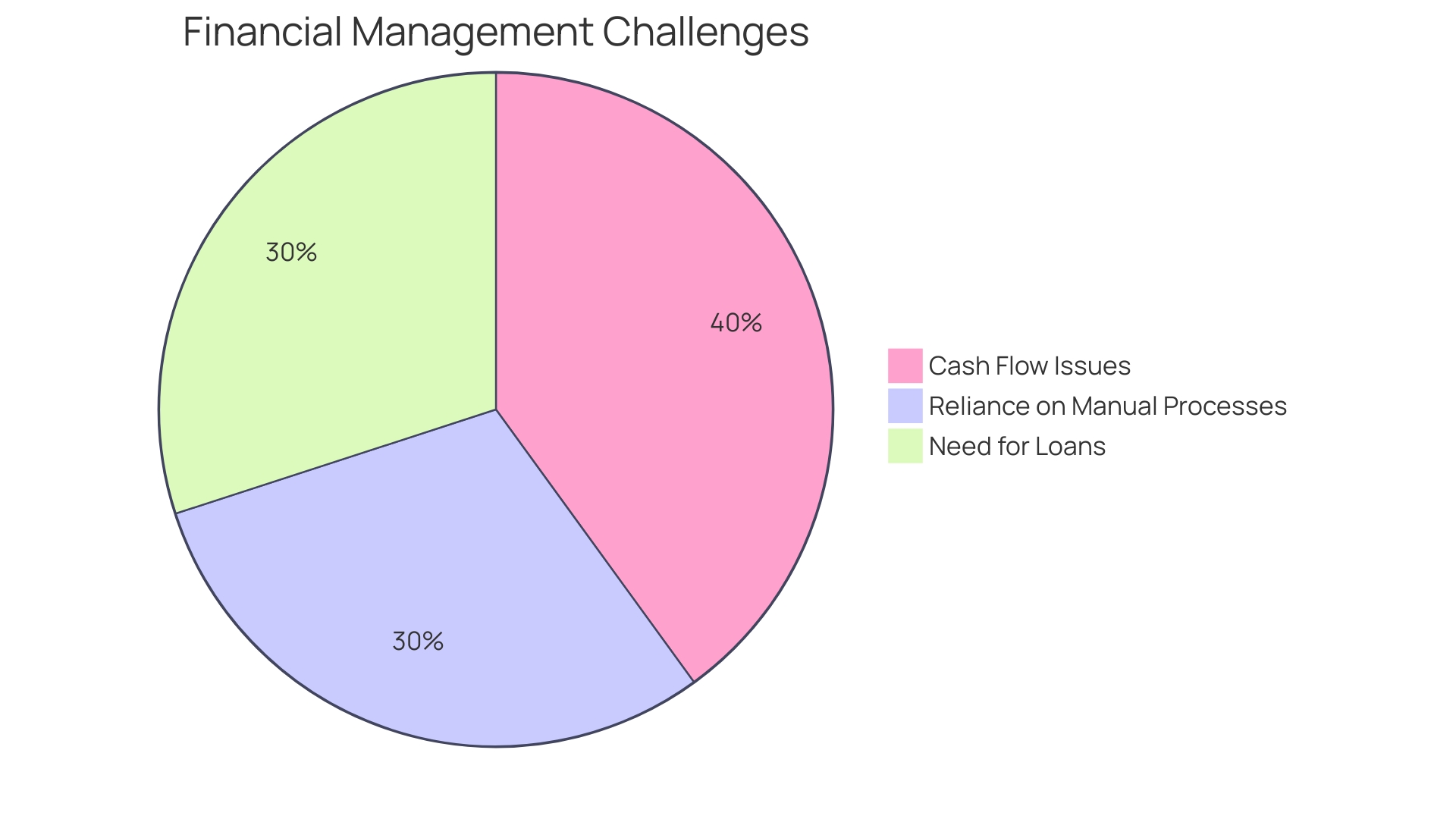
Ineffective Marketing and Advertising
Without a robust marketing strategy, even the best products may go unnoticed. Small enterprises often struggle with reaching their target audience and fail to create impactful advertising campaigns. Understanding the distinction between marketing and advertising is crucial. Marketing involves identifying customer needs and tailoring strategies to meet those needs, while advertising focuses on promoting products or services through paid channels.
'The significance of a well-implemented marketing plan is highlighted by the fact that lesser enterprises are increasingly utilizing digital marketing to compete with larger rivals.'. According to the Small Enterprise Administration, advancements in digital marketing and AI technologies have enabled minor enterprises to enhance their reach and effectiveness. Andrii Holubenko, a Digital Media Director, emphasizes that technology can automate routine tasks, freeing up resources for more strategic activities. This technological advantage is essential for small enterprises, which often function with limited resources.
Furthermore, industry research is essential for minimizing risks and understanding consumer demographics. Collecting information on age, wealth, and interests assists organizations in recognizing demand and market size, allowing them to make well-informed choices. 'With 95% of minor enterprises planning to increase digital marketing expenditure, comprehending and employing these tools is more crucial than ever to cultivate a loyal clientele and attain enduring success.'.

Management Issues
Leadership challenges can significantly obstruct modest enterprises. Issues such as indecisive leadership, lack of clear vision, and poor communication within the management team often lead to operational inefficiencies and diminished employee morale. According to recent statistics, only 25% of small enterprises endure beyond 15 years, emphasizing the essential requirement for effective leadership. Moreover, personal development plays a crucial role in overcoming these challenges. Leaders must strive to be more assertive, confident, and self-aware, focusing on their unique contributions while delegating other tasks. This approach not only maximizes their value but also fosters a more cohesive and motivated team.
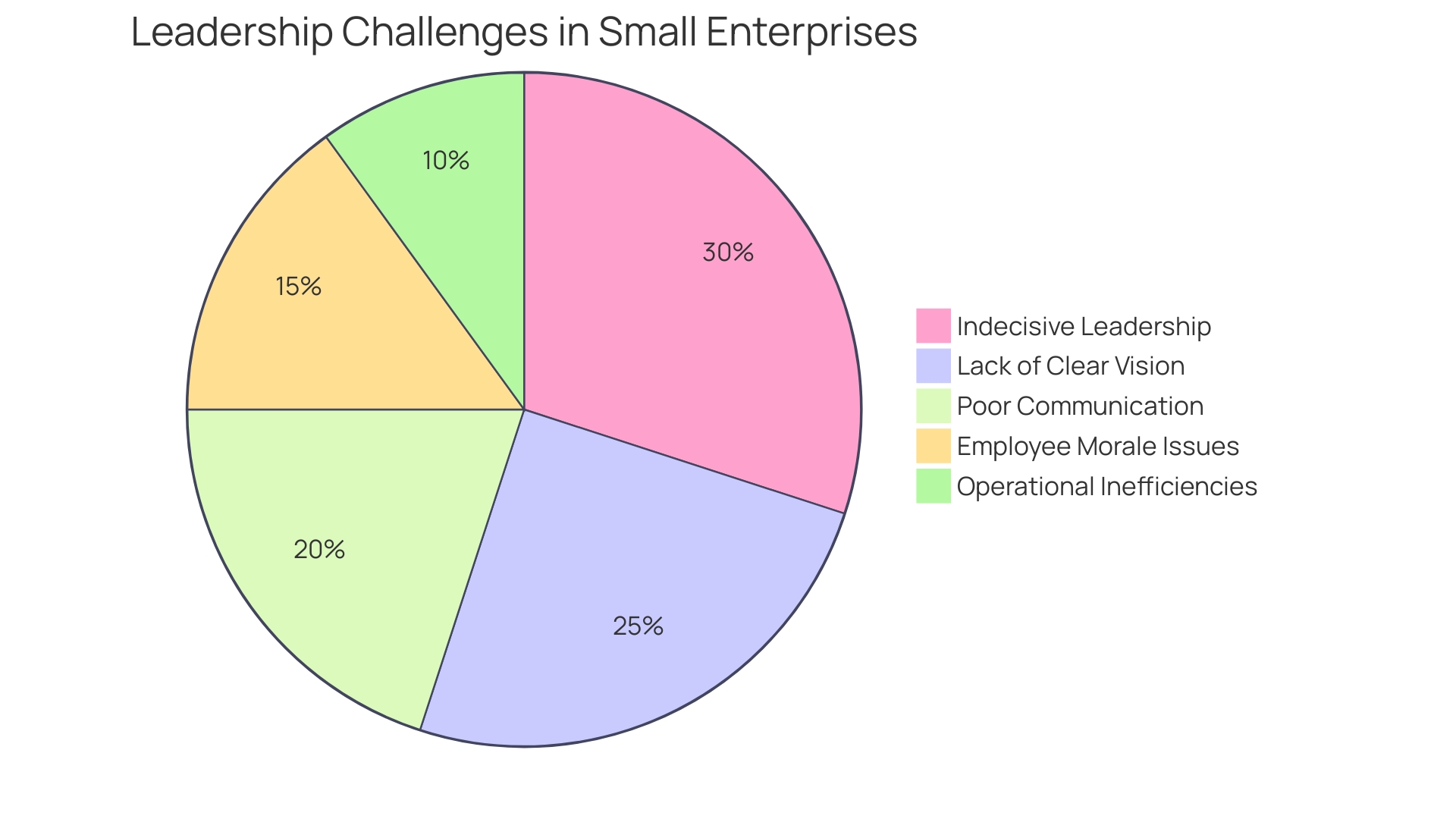
Failure to Innovate
In today’s fast-paced environment, businesses that fail to innovate risk becoming obsolete. Remaining static while rivals advance can result in a loss of industry relevance. A prime example is Circuit City, which was once a dominant player in the electronics retail space. Founded in 1949, it reached its peak in the early 2000s, employing over 60,000 people across 616 locations. However, by 2008, it filed for bankruptcy, largely due to its inability to adapt to technological advancements and shifting consumer preferences. The rise of the smartphone revolution, spearheaded by the introduction of the iPhone in 2007, further highlighted Circuit City’s lack of agility.
Another notable case is Nokia, which once dominated the mobile phone industry. Nokia’s valuation was over $250 billion in 2000, but by 2007, the landscape changed dramatically with the advent of smartphones. 'While Nokia continued to produce numerous models, it failed to anticipate the impact of touchscreen technology, leading to a significant decline in commercial relevance.'.
Innovation is not just about staying current; it is about anticipating future trends and being responsive to changing market demands. As small enterprises play a crucial role in the US economy, particularly in job creation, embracing new technologies like digital marketing and AI can level the playing field against larger competitors. Andrii Holubenko, a Digital Media Director, emphasizes the importance of leveraging these advancements to free up valuable manpower and build effective strategies.
Integrating principles of Responsible Innovation and Commercialization (RIC) can align organizational activities with societal values and needs. By focusing on anticipation, reflexivity, inclusion, and responsiveness, companies can not only profit from innovation but also deploy new technologies responsibly. As consultant Andrii Holubenko observes, contemporary tools enable accurate segmentation and personalization, essential for cultivating a dedicated audience in a competitive environment.
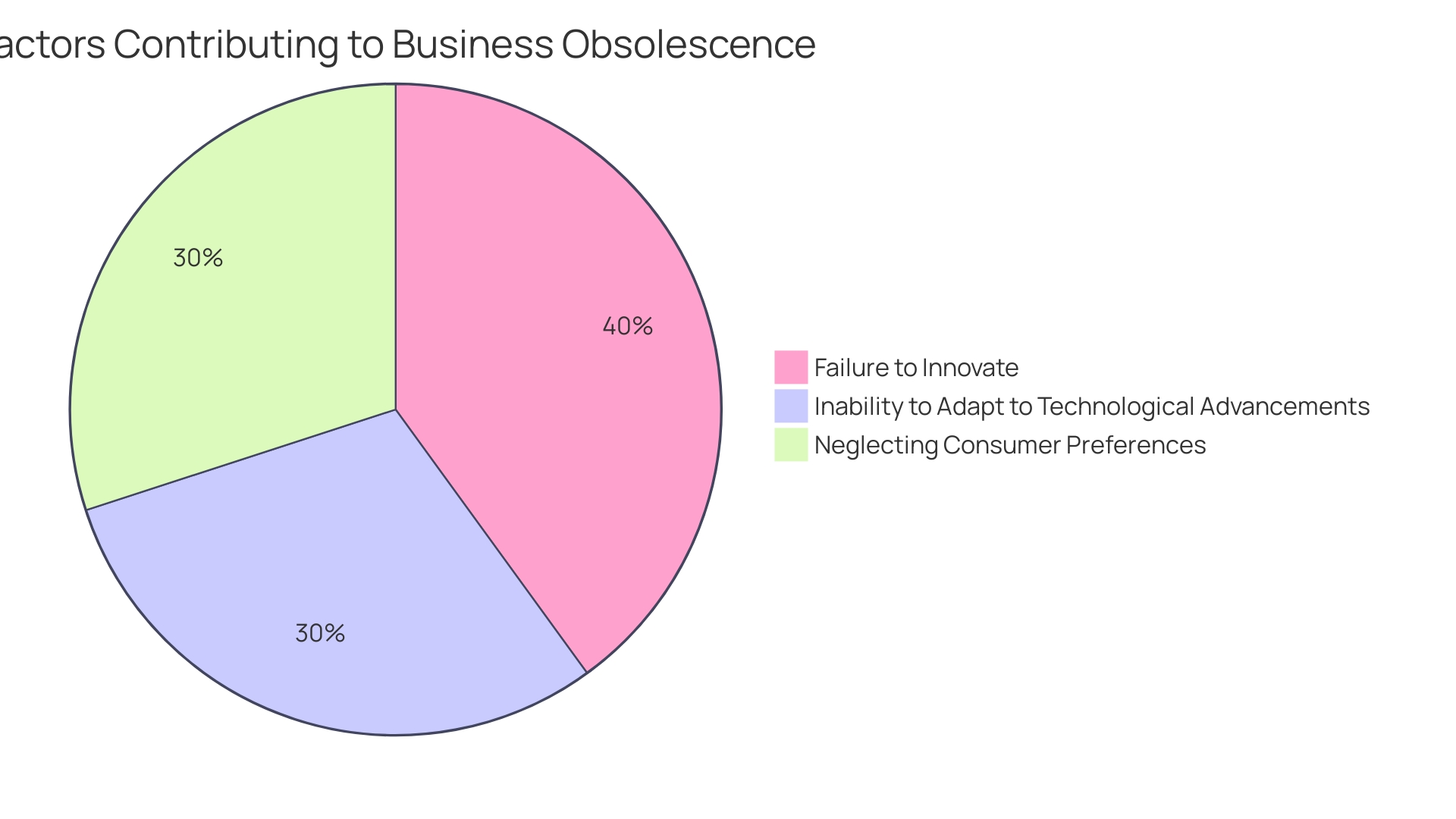
Inadequate Financing
Numerous modest enterprises underestimate the capital needed to maintain operations, resulting in various challenges. Insufficient funding can impede growth initiatives and limit the ability to adapt to market changes. A comprehensive understanding of financial management is crucial, especially in preparing for loan applications. Business owners need advisors who grasp their goals to guide them in managing finances and taxes effectively. Missteps in tax preparation can present an inaccurate financial picture, causing loan rejections.
Moreover, traditional banks often fall short in serving low- and moderate-income communities, making Community Development Financial Institutions (CDFIs) vital. However, many small CDFIs lack the technology to optimally serve their customers, despite increased grant funding from the Department of the Treasury. This highlights the significance of grants, which can aid growth beyond immediate financial requirements. Identifying and applying for grants that align with organizational goals can provide crucial financial support for expansion.
'Financial management sessions, such as those provided by Small Enterprise Boot Camps, emphasize the significance of financial statements, budgets, cash flows, and forecasts in effectively managing finances for smaller enterprises.'. As highlighted in recent analyses, small enterprises often depend on personal assets or funding from friends and family due to limited access to external capital. This reliance highlights the need for a connected ecosystem that supports entrepreneurs beyond mere transactions, fostering long-term financial stability and growth.
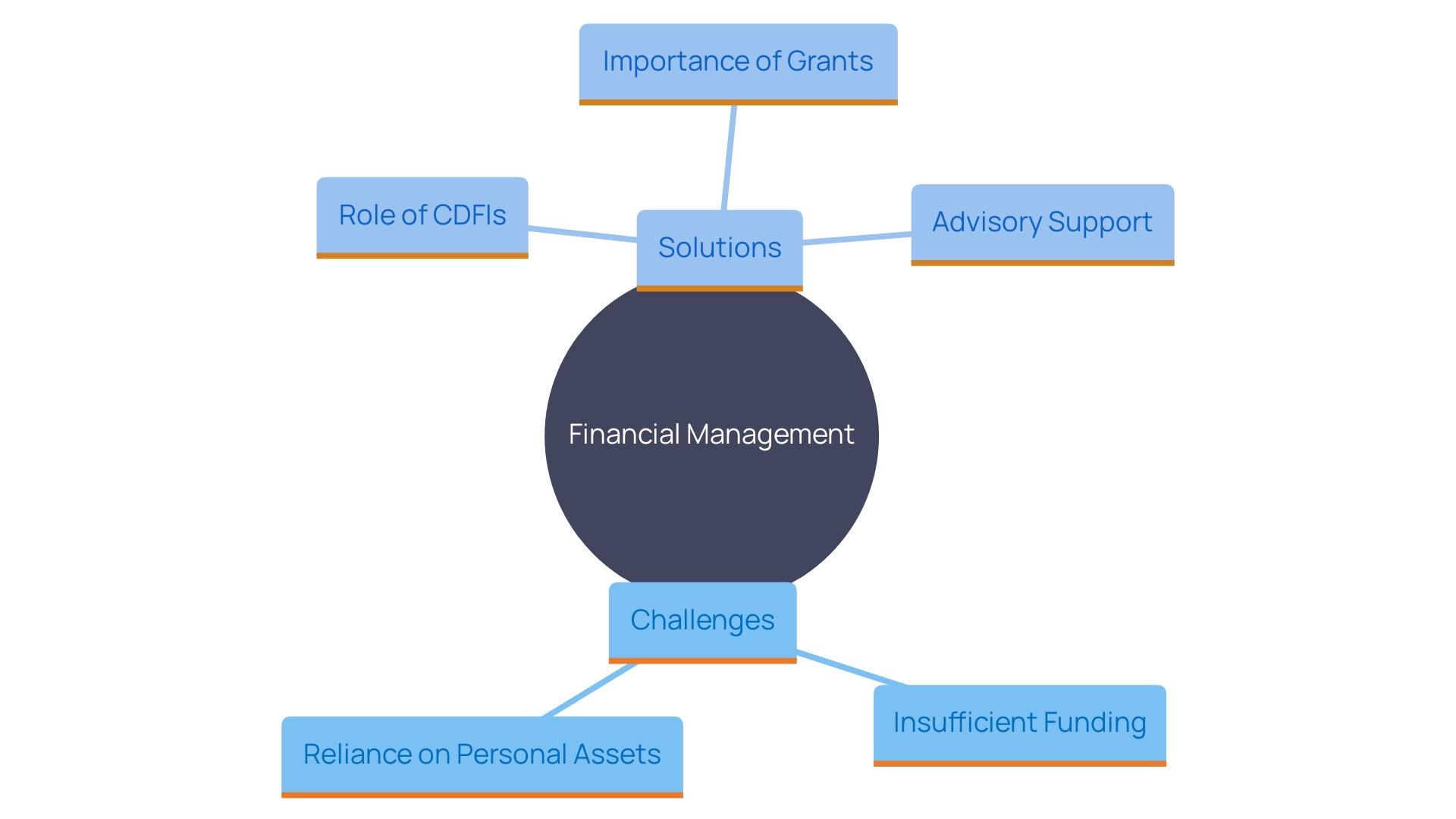
Underestimating Competition
Small businesses often fail to adequately analyze their competitive landscape, overlooking potential threats from both existing and emerging competitors. To navigate this, it’s essential to conduct thorough research on the industry from the outset. Understanding the competition can significantly reduce risks and open up opportunities for growth.
Market research should encompass demographic information, such as age, wealth, and interests of the target population, to better grasp the potential customer base. This includes answering critical questions about demand, market size, and economic indicators. For instance, determining the income range and employment rate in a specific area can help tailor offerings more effectively.
Additionally, staying informed about industry trends and competitor activities is crucial. Ongoing education and flexibility allow lesser enterprises to create a niche and sustain a competitive advantage. Utilizing new technologies, such as AI for automating routine tasks, can also free up valuable resources, enabling lesser enterprises to compete more effectively against larger corporations.
By focusing on niche markets, differentiating offerings, and utilizing advanced technologies, small enterprises can not only survive but thrive in an increasingly competitive landscape.
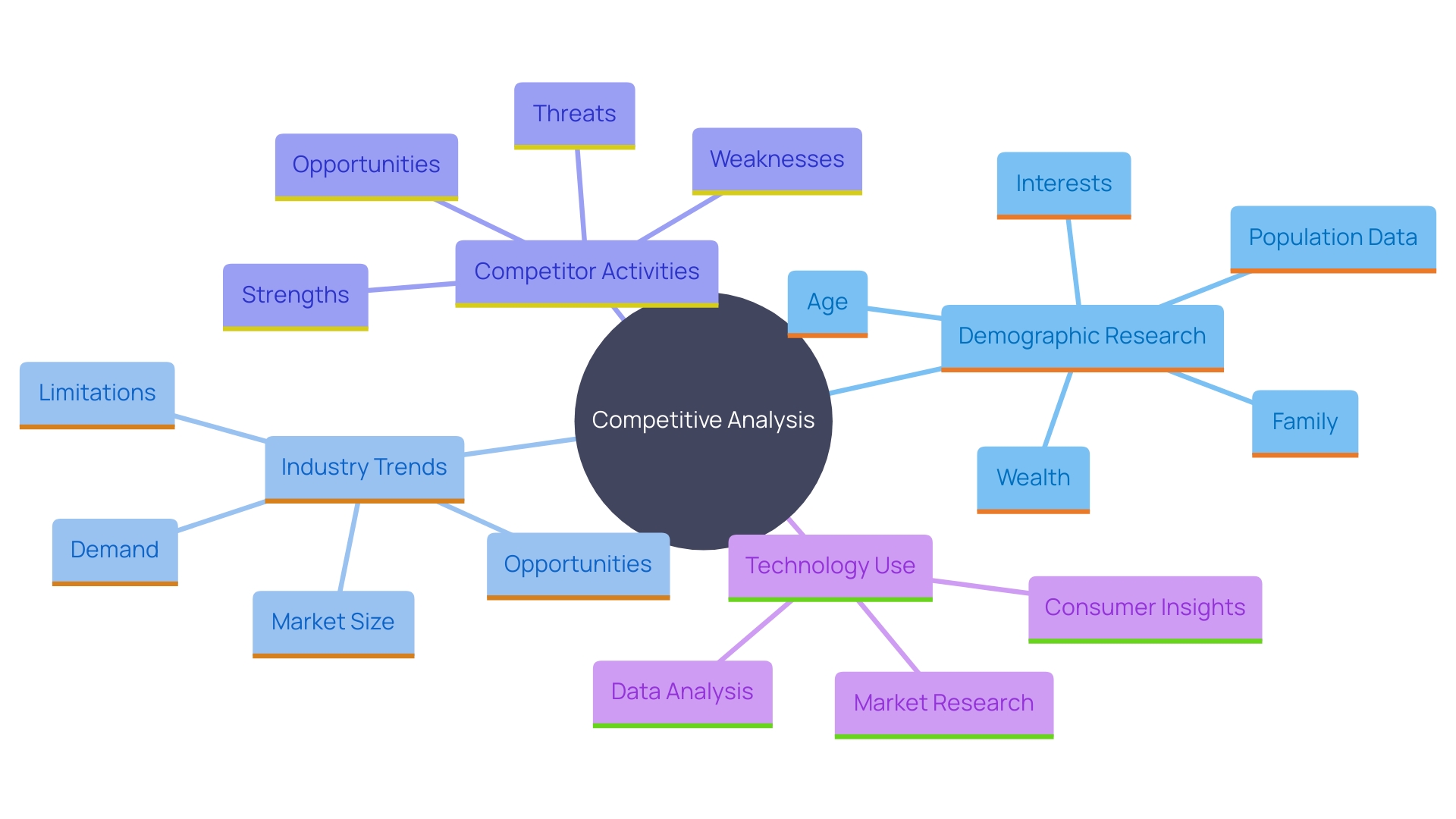
No Customer Strategy
A lack of a clear client strategy can significantly derail a business, leading to misaligned offerings and poor client retention. Grasping client preferences and behaviors is essential for crafting engaging value propositions. For instance, a seamless Omni-channel experience is crucial. Envision an individual beginning with a website inquiry, transitioning to a chatbot, then to live chat, and ultimately settling the matter over the phone—all without needing to recount their narrative. 'This level of service, as demonstrated by Cindy's experience in a modern support scenario, showcases the importance of an integrated approach.'.
Furthermore, firms such as Intuit are making strategic changes to improve client experience by investing in AI and roles that interact with clients, despite laying off a significant portion of their workforce. This action highlights the significance of harmonizing commercial strategies with client requirements and technological progress. As Daniel Brown, a specialist in technology and organizational strategy, notes, "Flexibility and ease are fundamental to successful customer programs." This is echoed in McKinsey's findings, where 60% of organizations with reported AI adoption are already using generative AI, highlighting the necessity of a robust data strategy to future-proof enterprises.
In today's competitive landscape, businesses that fail to adapt to evolving consumer behaviors and integrate advanced technologies risk falling behind. Successful companies leverage data as a strategic asset, ensuring their operations remain adaptable, resilient, and customer-centric.
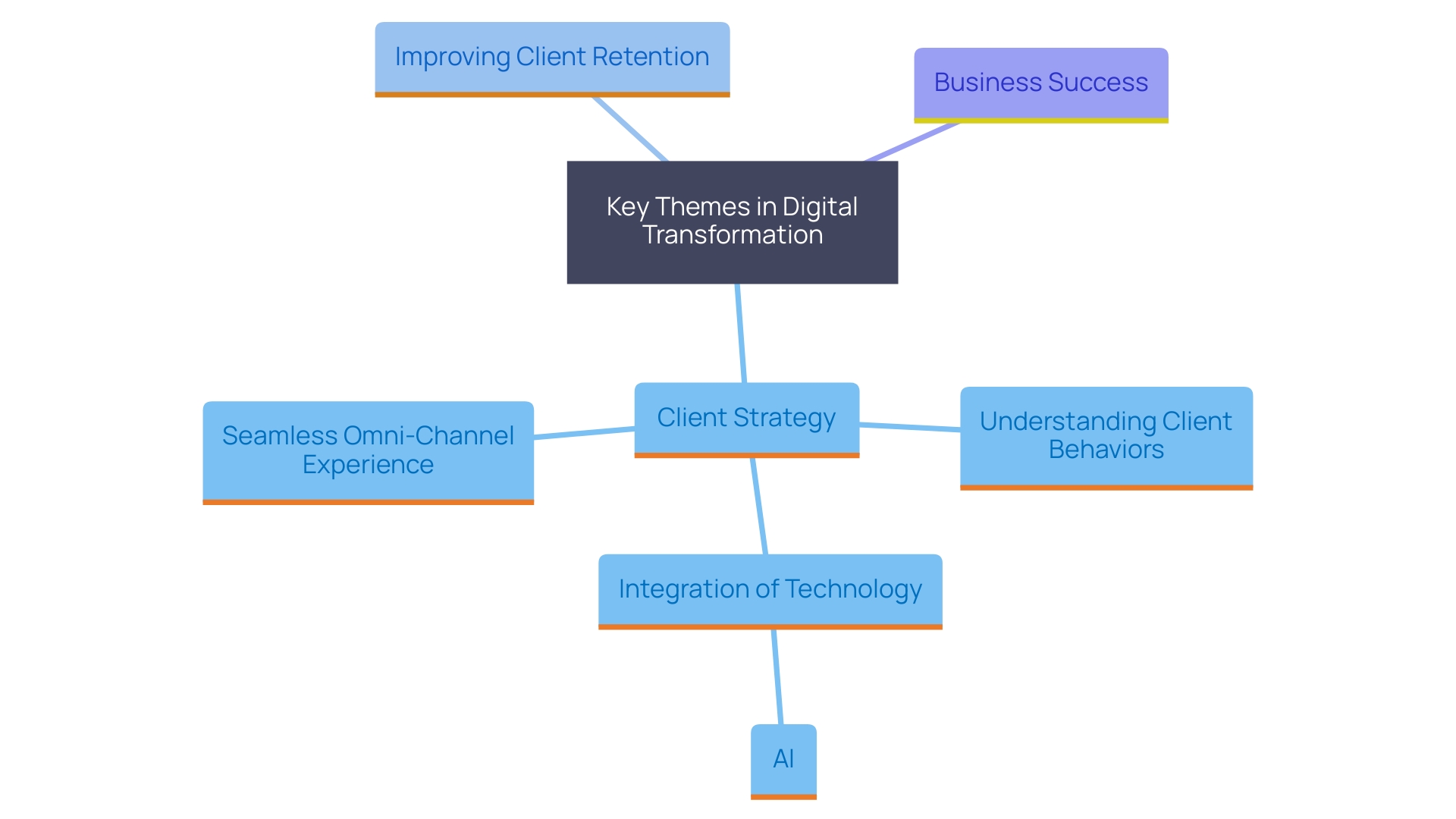
Conclusion
Understanding the critical factors that contribute to the downfall of small businesses provides invaluable insights for entrepreneurs striving for success. Key areas such as lack of market demand, poor financial management, ineffective marketing, and inadequate financing have been identified as common pitfalls. Addressing these issues through comprehensive market research, robust financial practices, and strategic marketing efforts can significantly enhance a business’s ability to thrive.
Moreover, the importance of innovation and competitive analysis cannot be overstated. Small businesses must embrace change and leverage new technologies to stay relevant in an ever-evolving marketplace. By fostering a culture of innovation and maintaining a proactive approach to competition, these enterprises can position themselves for sustained growth and success.
Finally, a well-defined customer strategy is essential for building long-term relationships and ensuring customer satisfaction. By understanding customer preferences and behaviors, businesses can create compelling value propositions that resonate with their target audience. In a competitive landscape, adaptability and responsiveness to customer needs are crucial for maintaining a loyal customer base and achieving long-term viability.




